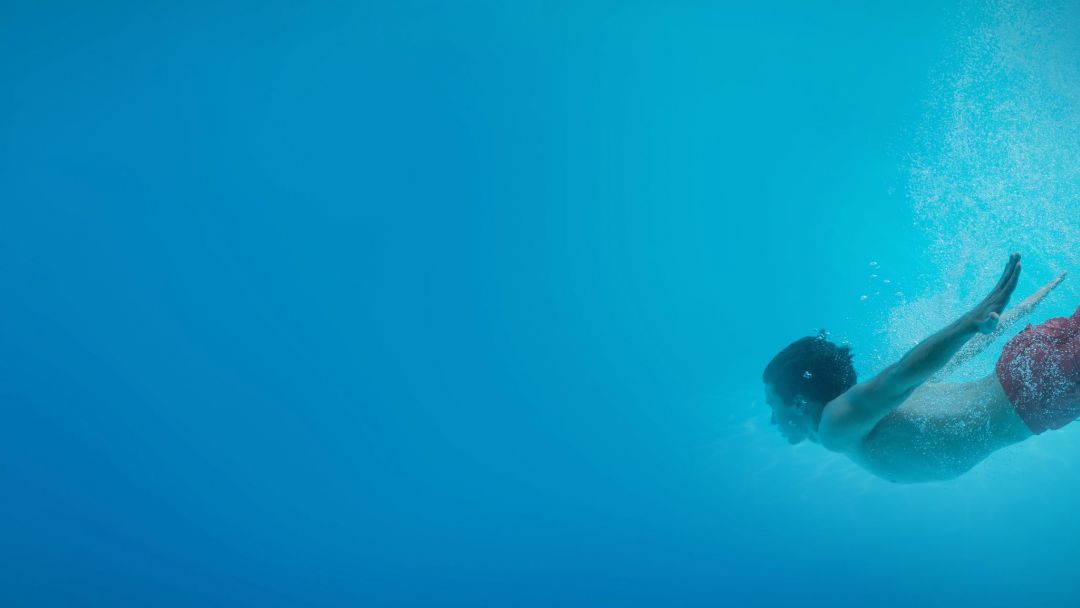What's the Future for School Swimming?

Facilities for swimming in schools are better than they have ever been. Pools were a primary weapon in the arms race of development. Many schools have beautiful, bright, inspiring pools, and changing facilities to match. Rare now is the grim, dark and cold forbidding swimming environment of the mid-twentieth century.
It would be reasonable to assume that this has heralded a new era of enthusiasm for this activity. But this would be wrong. In most schools, there is less swimming than previously, especially among teenage pupils. With an obligation to maximise facility use, teachers in charge of school swimming face an uphill task.
The ability to swim is an uncontroversial aim for every school. It is surprising therefore, that so few schools can boast that every one of their pupils can swim 100 metres of a recognised stroke. And that so few pupils opt for swimming where it appears as an option within the games programme.
Competitive swimming clouds the landscape. Historical programmes were based on this, and facilities for this activity are often amazing. Touch timing devices produce times to several decimal places and could ratify world records. But the number of schools that have a vibrant programme of competitive swimming is extremely small – and diminishing. Whilst the standards at national competitions remain high, this is often because club swimmers who have embraced the extreme levels of training required to excel in this activity have briefly swapped their club hats for school ones. Matches between schools are often between incomplete, or hastily assembled, teams. Press gangs are often necessary to complete the team. This is not entirely surprising, when the experience often involves travelling for an hour, sitting on the poolside for another hour in order to swim a single two length race. It’s an outdated offer for the modern pupil.
Added to this is the reluctance of body-conscious teenagers to subject themselves to the scrutiny that swimming costumes expose. Combined with an aversion to wet hair, many older pupils will go to considerable lengths to avoid the school pool, however appealing it looks in the prospectus. At the same time, swimming has become the fitness activity of choice for many adults. It’s a perverse irony.
What is the future? School swimming needs to re-boot itself, and clarify its rationale. Shifting the focus away from competition, and the extreme training that accompanies it, swimming needs to re-invent itself as a life skill and fitness activity. This will require a much more creative approach - to present the activity in a more engaging way, and to be more inventive in the range of aquatic activities available. Success in swimming should go beyond a tiny number of pupils swimming 50 metres under Olympic rules in a time that is good for 50 metres. The number of pupils who choose to visit the pool in the week, the take up of aquatic based options in the games programme, and the range of popular pool-based activities are all at least as important, often more so. The number of Sixth Formers who swim regularly would be another strong indication of a successful programme.